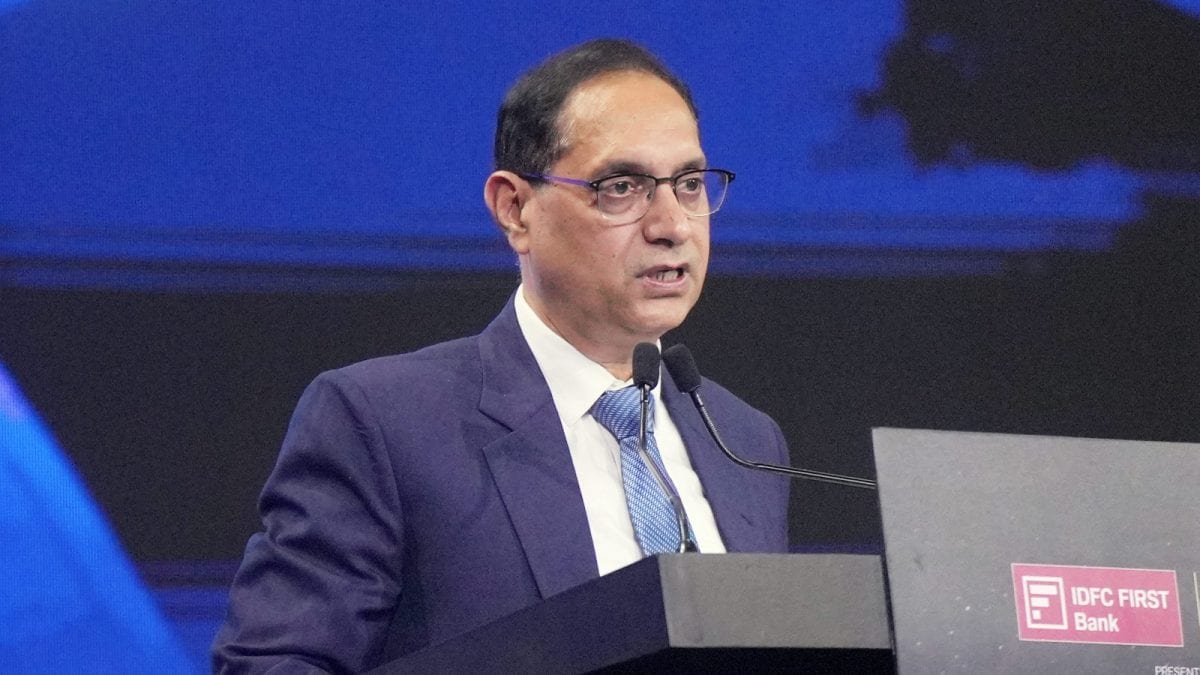- July 8, 2024
SEBI’s uniform charge structure for market infrastructure institutions | Explained

SEBI observed that market institutions adhere to volume-based charge structures for the same. File
| Photo Credit: Reuters
The story so far: Markets regulator, the Securities and Exchange Board of India (SEBI) on Monday instructed stock exchanges and other market institutions to levy “uniform and equal” charge structure for all its members, irrespective of the nature of the transaction. The directive was bad news for stockbrokers since it is expected to potentially guide towards a regime entailing higher broking charges from stockbrokers. On Tuesday, scrips of Geojit Financial fell 7% at close on BSE, Motilal Oswal 3.1%, 5Paisa about 3.5% and SMC Global Securities 2.6%. The directions take effect from October 1.
What is the context of the directions?
Stock exchanges impose certain charges on stockbrokers for carrying out transactions on their platform. In turn, stockbrokers recover these charges from their clients (or end customers).
SEBI observed that market institutions adhere to volume-based charge structures for the same. In other words, the charges levied are based on slabs that are segregated based on the volume of the transaction(s) undertaken. Thus, the greater the volume a broker generates, the lesser their transaction fee to the exchange. The same mechanism also works in the U.S. housing NASDAQ and NYSE. Additionally, SEBI also observed that the related entities recover these charges on a daily basis whereas the exchanges receive aggregate charges from the stockbrokers on a monthly basis. The mechanism, as observed by SEBI, has resulted in aggregate charges collected by brokers being higher than the charges paid to the exchange – exhibiting a discrepancy between daily and monthly volumes. The regulator also held concerns about an incorrect or misleading disclosure being made to the client about the charges levied by the exchange. Furthermore, it believes, the charge structure of the exchanges could also create a hindrance for them to impart “equal and fair access” to all market participants. Therefore, with the directive it proposes to create a “level playing field between members” irrespective of their size or the volume of their transactions.
So, what has SEBI directed?
To address the paradigm, SEBI has directed exchanges and other market institutions to levy a “uniform and equal” charge structure for all their members (in this context, stockbrokers). The structure must not be differentiating based on the volume or activities of the member.
The regulator has further sought charges recovered from the end client must be “true to label”. That is, if a stock exchange institutes certain charges on the end client from brokers, it would be the former’s prerogative to ensure that they receive the same amount only.
Additionally, SEBI has sought that due consideration be given to existing per unit charges (on transactions) levied by the exchanges. This is to ensure that the end clients are able to benefit from reduced charges – starting from the unit basis itself.
What repercussions are we looking at?
The difference between the amount paid and charged from their customers forms an essential revenue stream for stockbrokers. The direction is expected to directly impact this paradigm. However, the impact could potentially not be the same across the board. It would vary as per the entity’s dependence on this stream of revenue. Some may possess alternative streams as well. For perspective, Nithin Kamath, CEO and Founder of Zerodha explained in a blog that Zerodha earns about 10% of its revenue as this difference. On similar lines, Geojit Financial in a communication to BSE informed the difference income in FY 2023-24 amounted to Rs 40 lakhs – constituting 0.067% of the total income and 0.22% of profit before tax. Satish Menon, Executive Director at Geojit Financial told The Hindu that 80% of the company’s brokerage income comes from cash markets. “We are of the view that SEBI circular will have an impact on discount brokers, and we can expect an increase in the brokerage rates offered by discount brokers,” he observed.
About Zerodha, Mr Kamath wrote in the blog that the range increased from about 3% to the present state because of the increase in revenue from options trading. “Today, 90% of our revenue from these rebates come from option trading alone. With the new circular, brokers will no longer earn these rebates (difference amount),” he said. The CEO also held that they may have to “probably let go of the zero-brokerage structure” on equity trading. His blog explained that Zerodha was able to provide zero brokerage on equity because it subsidised equity investments with revenue from the F&O trading activity. “This structure could now potentially change. As a business, we may have to introduce a brokerage fee for equity delivery investments, which is currently free, or/and increase F&O brokerage,” he stated.







